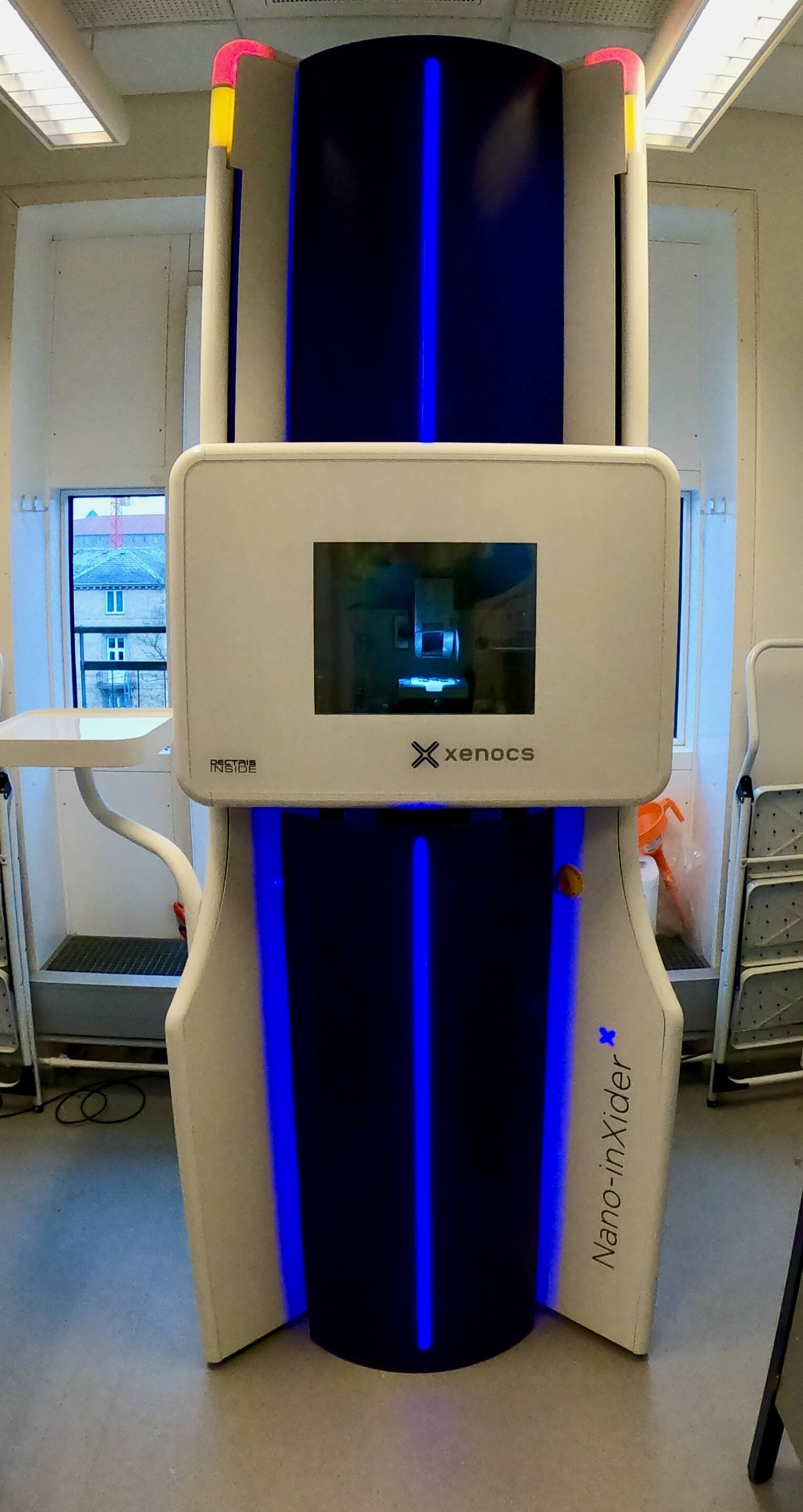X-rays will make plant diets of the future more tasty
X-rays can be used to examine the tiniest parts of food and provide us with fresh knowledge about what makes yogurt feel soft and what it takes for chocolate to have just the right snap. According to researchers at the University of Copenhagen, the method can be used to optimize foodstuffs and help us produce ever-tastier plant-based diets that benefit the climate.

Imagine taking your favorite treat – a Mars bar or cream puff – and beaming it with X-rays to map out what makes it so delicious. Then, picture being able to transfer some of those magnificent qualities and tastes to healthier, more sustainable products.
Such a fantasy could become reality if the Small Angle X-ray Scattering method is used, known as SAXS. By using X-rays, SAXS makes it possible to study food at the nanolevel, where a nanometer equals one millionth of a millimeter.
SAXS has yet to be widely deployed for food research, but the the University of Copenhagen’s Department of Food Science is working on the method and has acquired a new Nano-inXider instrument that uses X-ray radiation to examine foodstuffs, among other things.
The method has great potential in relation to the foods of the future, says Jacob Kirkensgaard, an associate professor at the University of Copenhagen’s Department of Food Science, as well as at the Niels Bohr Institute. Kirkensgaard uses SAXS equipment in his research, where he collaborates with the Department of Pharmacy and Lund University.
"SAXS can be used to optimize the development of foodstuffs in relation to their taste, texture and nutritional content. For example, when we look at the structure and function of foods at the nanolevel, we could improve their design so that they break down in such a way that as many nutrients as possible are absorbed. In this way, we can help prevent obesity and improve health," he says.
Can make plant proteins easier to eat
SAXS can also be used to make our foods more sustainable, explains Professor Lilia Ahrné of the University of Copenhagen’s Department of Food Science.
Together with Jacob Kirkensgaard, she used the SAXS method to study how milk proteins behave in various sustainable processing methods.
"Our knowledge of how milk components give a special taste, mouthfeel and texture can be used for research into plant-based proteins. Because, if we can map out exactly what it is that makes milk nourish us, feel soft in the mouth and taste sweet and salty, we could copy those properties into new plant-based products that are easier on our climate, which would help get more people to consume them," she explains.
The two researchers have already met with great interest from Danish industry in relation to how the SAXS method can make it easier to produce tasty plant proteins.
"Recently, we met with a range of large Danish food producers and ingredient suppliers. They are particularly curious about how they can make delicious plant-based foods, without compromising taste and structure," says Jacob Kirkensgaard.
He underscores that the development of new sustainable and innovative foodstuffs depends on our being able to understand and analyse the structure of individual products.
"As such, the University of Copenhagen's commitment to the SAXS method is interesting. We certainly hope that industry embraces it," concludes Jacob Kirkensgaard.

Here you see the Nano-inXider machine that resides in Department of Food Science at University of Copenhagen. Photo: Jacob Kirkensgaard
How the SAXS method works
- SAXS stands for ‘Small Angle X-ray Scattering’. The method uses X-rays to examine materials on a nanometer scale (i.e. 1-1000 nm).
- The method works by emitting light waves into, for example, a protein-based food, where they interact with electrons in the sample. Some of these light waves are absorbed, others shine through, and still others affect the molecules. The light waves are scattered in new directions and the pattern they form is then analyzed by researchers. This provides insight into the structural properties of a given food.
- The method differs from microscopy in that samples need not be fixed while examining them. Proteins, for example, can be examined while being heated. This is an advantage as most foods require processing, where the structural organisation of their constituents continuously changes throughout processing.
Funded by FOODHAY
The SAXS equipment is funded by FOODHAY - Open Innovation FOOD & Health Laboratory research infrastructure.
- FOODHAY has invested DKK 103 million (13.8 million Euro) in state-of-the-art equipment for the benefit of the food industry, research, and education to meet the need for healthier and more sustainable foods. The equipment forms a platform for innovation and research in collaborations between FOODHAY partners and companies as well as for education.
- The money comes from the Danish Ministry of Higher Education and Science as well as the partners, who also house the equipment, including the Department of Food Science at the University of Copenhagen (UCPH FOOD).
Contact
Jacob Judas Kain Kirkensgaard
Associate Professor
Department of Food Science
University of Copenhagen
+45 23 74 68 63
jjkk@food.ku.dk
Lilia Ahrné
Professor
Department of Food Science
University of Copenhagen
+45 93 56 55 07
lilia@food.ku.dk
Ida Eriksen
Journalist
Faculty of Science
University of Copenhagen
+45 93 51 60 02
ier@science.ku.dk
